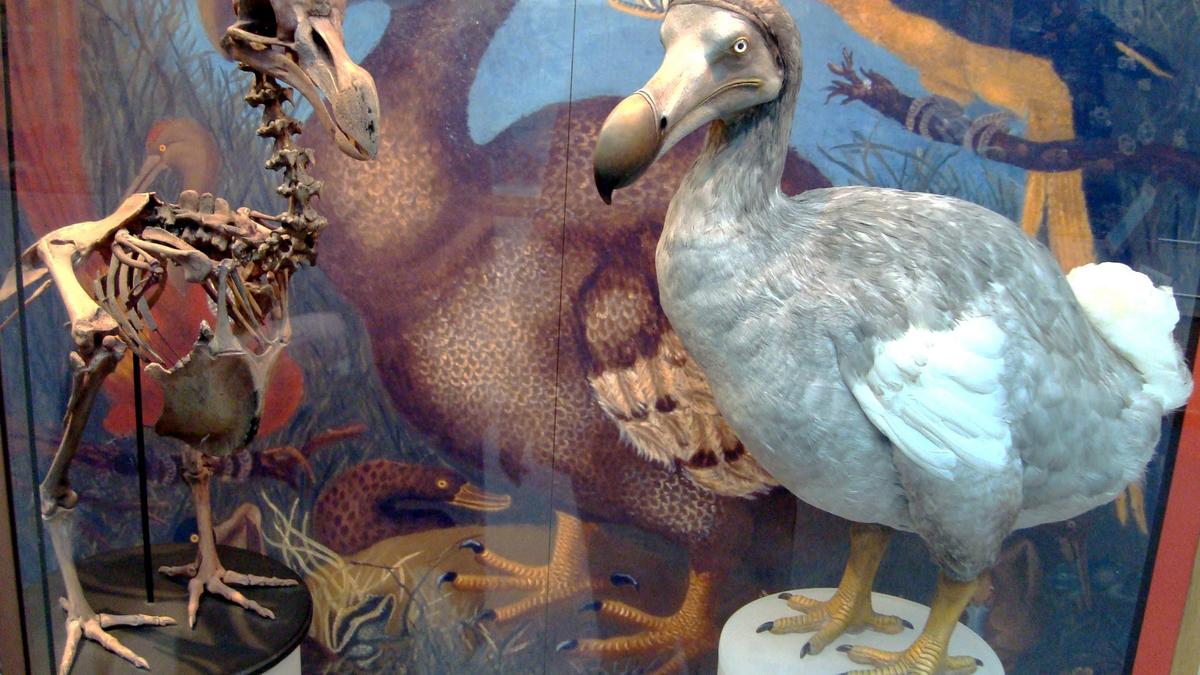
New research rescues the dodo’s reputation from confusion and myth Premium
The Hindu
Discover the truth about the dodo bird's intelligence and extinction in a comprehensive study by researchers from top universities.
The moment you hear the words “extinct” and “bird”, the dodo is probably the first creature on your mind, probably from an image in a school textbook you knew from years ago.
The dodo’s significance transcended the boundaries of natural history. It has entered popular culture, immortalised in literature as a whimsical character with a stutter in Lewis Caroll’s ‘Alice in Wonderland’. In the story, the bird is large, awkward, and the inspiration for the epithet “dumb as a dodo”.
But were dodos really slow-minded? To set the record straight, researchers from the University of Southampton, the Oxford University Museum of Natural History, and the Natural History Museum combed through 400 years of research papers on the dodo and its sister species, the solitaire, and also examined the only existing soft tissue from the dodo.
Citing written records from their extensive review, the researchers have now challenged the widely held view that the dodo was a slow, bloated animal doomed to extinction. Instead, they have said, they may have been fast-moving birds that thrived in the forest.
“The dodo and the solitaire went extinct because of our hubris. We just didn’t care, and in the 17th century, we didn’t believe we could affect “god’s creation” and destroy species through our actions,” Neil Gostling of the University of Southampton and the supervising author of the team’s paper, said.
The study was published in the August issue of the Zoological Journal of the Linnean Society.
Late into the 18th century and for some part of the 19th, many naturalists believed the dodo was a fiction. “Some even considered it mythical, like the phoenix,” Gostling said.





















 Run 3 Space | Play Space Running Game
Run 3 Space | Play Space Running Game Traffic Jam 3D | Online Racing Game
Traffic Jam 3D | Online Racing Game Duck Hunt | Play Old Classic Game
Duck Hunt | Play Old Classic Game



